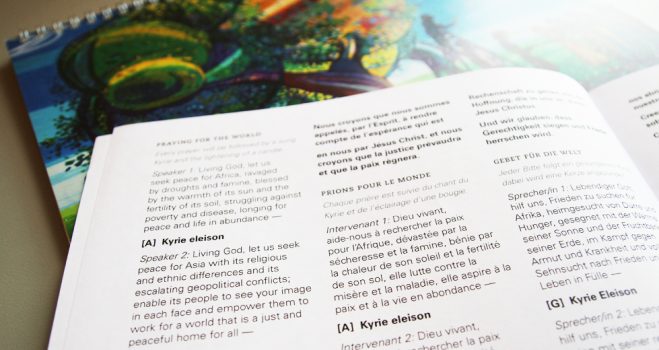by Stephen Brown
When delegates from the General Council took part in peace prayers at the Leipzig’s historic Nikolaikirche—St Nicholas’ Church—they joined a tradition stretching back 35 years which became a focus for a peaceful revolt against communist rule in East Germany.
“Monday after Monday prayers for peace have been held in the Nikolaikirche,” said Pastor Bernhard Stief of the Nikolaikirche on 3 July as he welcomed delegates to his church, the city’s oldest having been founded in about 1165.
The prayers opened with music from the Chamber Orchestra of the Reformed University Colombia.
Worshippers heard testimonies about challenges to peace in Colombia, Nigeria and the Middle East from participants attending the Council.
During intercessions, eight candles were lit one after the other to symbolize the desire for justice and peace in Africa, Asia, the Caribbean, Europe, Latin America, the Middle East, North America and the Pacific.
The first prayers for peace in the Nikolaikirche were held on 20 September 1982 and then took place each Monday that followed at 5:00 p.m. It was the time of the Cold War in Europe when tension was growing as nations in East and West were planning the deployment of new nuclear weapons.
In Western Europe, a mass peace movement was protesting against the deployments. In communist-ruled East Germany, groups of young people and others often meeting in churches formed an independent peace movement, which the state tried to restrict.
The motto of the church-based peace movement was “Swords into Ploughshares” and their symbol a sword being beaten into a ploughshare, inspired by the biblical vision of the Prophet Micah (Micah 4:3).
Over the years, the prayers for peace at the Nikolaikirche became a place where people could share their concerns, experiences and hopes.
A simple sign outside the church with the text “Nikolaikirche – Open for All” underlined that all were welcome, Christian or not.
As tension was building in East Germany in early 1989, a couple of dozen people attending the peace prayers went out on the streets after the service to demand change in the communist system. By autumn 1989 the numbers reached hundreds, then thousands.
On 9 October 1989, two days after East Germany’s 40th anniversary, amid reports that the army was preparing to take action, there were fears that the state would violently suppress the demonstrations.
Thousands of people crowded into the Nikolaikirche and four other churches in the city centre, including the Reformed Church, and afterwards an estimated 70,000 people gathered on the streets with many holding lighted candles, chanting slogans such as “no violence” and “we are the people.”
People held their breath, but in the end, the state took no action and the Leipzig demonstration spawned protests in other East German cities, generating a movement and pressure that would lead to the opening of the Berlin Wall a few weeks later.
“We were ready for anything, only not for candles and prayers,” Horst Sindermann, a member of the communist politburo, is reputed to have said.


